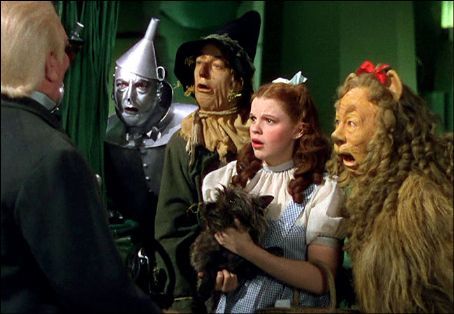
4 Jameson cited American Graffiti (1973) as the first of a number of “nostalgia films” seeking to “recapture the mesmerizing lost reality” of the postwar period. In the expected order of things, we were doing what children do – thoughtlessly superseding the generation before us.įinally, we could not have guessed that within a few decades of our own childhood, the baby boom over, our rampant nostalgia for the birth decade would be interrogated by the first chroniclers of postmodernity, most notably Fredric Jameson, who remarked that “for Americans at least, the 1950s remain the privileged lost object of desire – not merely the stability and prosperity of a pax Americana, but also the first naive innocence” of the counterculture. Nearly every father on our block had been to the war, yet we were oblivious we were the children busily not thinking about it. Yet over the years, there was evidence that the war (together with the Depression) weighed upon my parents’ decisions and worldview. I can never again allow such innocence.” My father would not have said such things. I can never again watch this film with the innocence of not knowing what was to come. I imagine him saying, “Ah but I saw this film before. What did my father think when the film came into our living room in 1956? What were his memories? As I write, I imagine him standing behind me, both of us turned to the small screen. Our parents first watched the film on the eve of a world war (my father was 14 when the film was released four years later, he was in France).

For example, we were too young to grasp that these two key Oz dates were separated by historical trauma. Nor could we imagine a yet larger mapping or, to draw from Dean again, the differences in how Oz “function in its own time” and ours. We could not guess that the small-screen Oz of 1956 foretold a success that would soon dim the big-screen Oz of 1939. I knew nothing of the Oz books until I reached adolescence.) We never thought we were seeing something out of its own time and space. Frank Baum’s 1900 book The Wonderful Wizard of Oz. (Nor, unsurprisingly, were we aware that the film was not the first adaptation of its original source material, L. We baby boomers, cross-legged on the floor beneath our small screens, did not know or think about 1939, the year of the film’s release. If Oz as television broadcast was “conceived in the decade of my birth” (and like Dean’s stated predilection for all things ’60s, this may partly explain my attraction to it), it was also an anachronism. Like Ray Bolger’s Scarecrow pointing this way and that along the yellow brick road, Tacita Dean’s comment suggests a few possible directions.

I court anachronism.… and I wonder if the objects and buildings I seek were ever, in fact, content in their own time, as if obsolescence was invited at their conception. The one thing I have noticed is that so often I am attracted to things conceived in the decade of my birth. Everything that excites me no longer functions in its own time. What might it mean that my bright star, the inception of my archive, was also a death star, a process of cultural forgetting? For the artist Tacita Dean, 2 We might say that the ascendancy of “television Oz” marked “cinema Oz” with a cumulative (year upon year) obsolescence.

I have no memory of 1956, the year of the first broadcast, but from that time until 1980 (with the exception of the MGM Children’s Matinees in the early 1970s), Oz belonged to television, where it drew large audiences at every annual showing. I was born in old Henry’s home town of Dearborn in 1954.ġ956: Bright Star of Obsolescence, Anachronism, Nostalgia, Cultural Politics 1 And in perhaps my first archival fortuity, the 1956 broadcast was hosted by Ford Star Jubilee, a Ford Motor Company-sponsored CBS series.
Vrajitorul din oz film archive#
Yet to borrow freely from an image once given by Michel Foucault, if an archive is made up of elements that shine like stars, some brighter than others, then my bright star – the place/time from which I can best see the Oz constellation – is not 1939, the year of the film’s release, but 1956, the year of its first television broadcast. MGM’s The Wizard of Oz has reached 80 years. To celebrate, we present Amy Kenyon’s striking analysis/memoir, which explores growing up a “rust belt girl” in postwar Detroit in the shadow of this seminal work, and much more. The Wizard of Oz, the film, turns 80 this year, 2019.


 0 kommentar(er)
0 kommentar(er)
